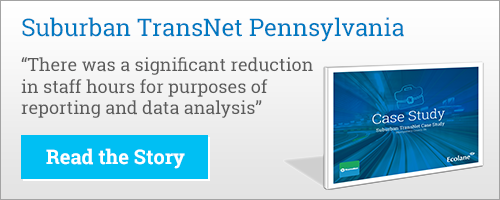It’s no secret that consumer behavior has transformed over the past decade, and in terms of business sustainability, adapting to this shift has become essential to maintaining success. Today’s consumers have become more demanding and impatient than ever before, requiring more efficient and convenient ways to research, shop, purchase, and review various products and services. Although this sense of entitlement has only continued to progress with the adoption of modern conveniences, much of it can be attributed to the rise of social media.
Since Facebook’s founding in 2004, social media has become an integral part of how consumers engage with, and evaluate businesses. Rather than looking to the yellow pages, consumers are now turning to Facebook, Twitter, and LinkedIn to gather product information, leave reviews, and voice any concerns or dissatisfactions. While social media has opened the doors for consumers to be heard, it has also provided businesses with a platform to increase brand awareness, distribute thought-leading content, and improve customer service efforts. Within the transportation industry specifically, agencies have begun to leverage transportation software to help streamline internal processes in order to better accommodate these demands.
BART’s Social Media Epiphany
In just one night, Bay Area Rapid Transit (BART) learned just how significant and effective the use of social media can be. After customer complaints regarding a service disruption began to surface on Twitter, BART responded to its unhappy riders with an unexpectedly candid reply, tweeting “BART was built to transport far fewer people, and much of our system has reached the end of its useful life. This is our reality.”
Using the hashtag, #ThisIsOurReality, BART spent the next several hours engaging with and responding to countless customer complaints, often providing a transparent explanation behind some of its systematic hindrances. Though this social conversation failed to solve the issue at hand, it provided BART with the opportunity to educate riders and create a sense of empathy towards the challenges it faced.
How Transit Providers Can Use Social Media Their Advantage
Social media, when used correctly, can prove to be a huge asset for all businesses. Within the transportation industry specifically, social media can be used, in tandem with transportation software, to increase brand awareness, provide scheduling updates, bring attention to transit agency challenges, and more. However, improved customer service is arguably the most significant benefit of them all. As BART found out first-hand, simply acknowledging a customer’s concern and responding in a way that provides transparency and clarity to a given situation can go a long way. By consistently engaging with customers, transportation providers can leverage social media to help remove some of the ambiguity around public transportation and create an environment that values input and collaboration from its riders.
Like anything, social media has its advantages and disadvantages. In the business world, social media is often used by consumers to voice their opinions, give feedback, and express concerns regarding various products or services. Conversely, it provides businesses with the ability to gain visibility and valuable insight into customer preferences and behaviors, all while enriching customer experiences through personal engagement. Social media isn’t something to be scared of, but rather embraced for what it is; a tool that lifts the veil between business and consumer to deliver a more interactive and collaborative experience.
About the Author

Ecolane
Read Ecolane's blog articles for perspective, opinion and information on transit and paratransit issues.
%20(200%20x%20100%20px).png)

